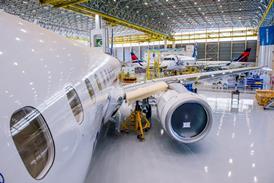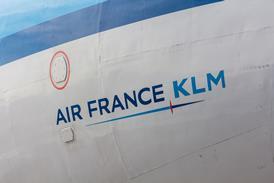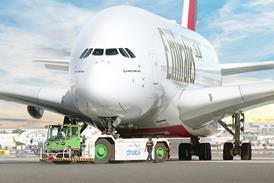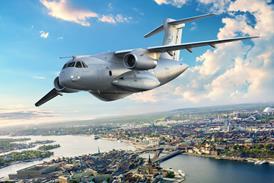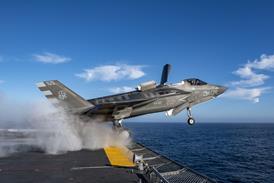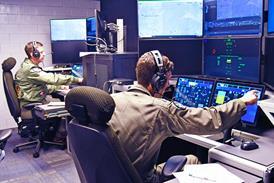Virgin Galactic plans to use two WK2 with its fleet of five SpaceShipTwo (SS2) vehicles from 2010. The goal is to fly once a day with the two WK2 flying a few times each week. All-composite fuselage aircraft that are known to fly on a regular basis are business jets but they operate far below WK2’s operating altitude of 50,000ft.
Fatigue became famous as a threat to air safety after the phenomena caused the crash of the first turbojet airliner, the British Overseas Airways Corporation De Havilland Comet. Prior to the Comet crash metal fatigue was not fully understood.
Answering questions about the susceptibility of all-composite fuselages to the same problem Rutan said: “Fatigue is not an issue at all.”
 |
|---|
Above: WhiteKnightTwo stands outside Scaled Composites hangar after being rolled out on 28 July |
Talking about the origin of the WK2’s twin fuselage configuration Rutan revealed that an early design for what eventually became Northrop Grumman’s Global Hawk featured a double boom configuration. Scaled is owned by Northrop.
Rutan added that Scaled had not built a full-scale mockup of WK2, rather it designed the aircraft entirely on computer and expected “80% of what you learn” about the aircraft to emerge on its first flight. That first flight is expected in September.
Flying to 50,000ft using its four Pratt & Whitney Canada PW308A engines to air-launch SS2, Rutan does not expect WK2 and its payload to fly any higher because the spaceship requires aerodynamic forces to enable it to pull the necessary vertical manoeuvre to ascend when the rocket motor is fired. Rutan’s WK2 chief engineer Bob Morgan also said that the carrier aircraft would use composite cables for actuating the control surfaces.
Source: FlightGlobal.com

